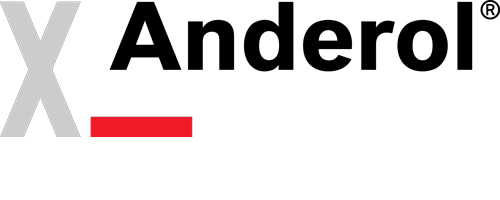1. Implement a lubrication system maintenance programme
Sticking to a routine lubrication system maintenance programme means that problems with equipment can be kept to a minimum. As part of your maintenance programme filters, screens and strainers should be regularly cleaned and replaced when necessary.
Regular visual inspections will help detect leaks that can be repaired before they turn into more serious issues. Only use recommended lubricants and always take into consideration the operating and environment conditions, such as temperature, speed, reactive gases, dust and water. Ensure lubricants are stored correctly and follow the recommended filling procedures.
2. Keep a clean and tidy store room
If there is one new year’s resolution you should make this year it is to keep a clean and tidy store room for your lubricants. Ensuring that your lubricants have a dedicated space is the first step to lubrication efficiency. Keep them free from contamination and store them by order of date of manufacture. Apply the ‘First in First out’ rule and dispose of any expired lubricants. The minimum expected shelf-life for lubricants in ideal conditions is 5 years and for greases 3 years (except for NLGI 00 grades, which is one year).
3. Check and clean grease guns
Protect your grease gun with a cap to keep contamination out and wipe the gun tip and fitting clean using a lint free cloth before and after application to remove any dirt. Always inspect your grease gun before using to make sure all the components are working properly and replace any damaged fittings.
Guns should be kept away from dirty work surfaces and repacked on a clean bench using a gun loader fitting.
4. Carry out preventative maintenance on compressors
Using Anderol® lubricants means compressors require minimal maintenance, but we still advise carrying out annual preventative maintenance to inspect the machine and pick up any mechanical problems before they turn into bigger issues that require repairs and downtime. The key parts to check include the filters, vents, belts and bearings, all of which could become problematic if dirt and grime build up.
5. Are you storing and handling your lubricants correctly?
Lubricant performance can be compromised by conditions in the storage area. Temperature, cleanliness, and improper storage techniques can hinder the lubricant’s performance characteristics and increase maintenance expenses. Synthetic lubricants should be stored in a clean, dry room maintained at an ambient room temperature of between 50° and 85° Farenheit or 10° and 30°Celcius. Lubricant containers should be properly labeled and color-coded to help ensure equipment is lubricated with the right product. For more information on correct storage and handling take a look at our handy guide.





